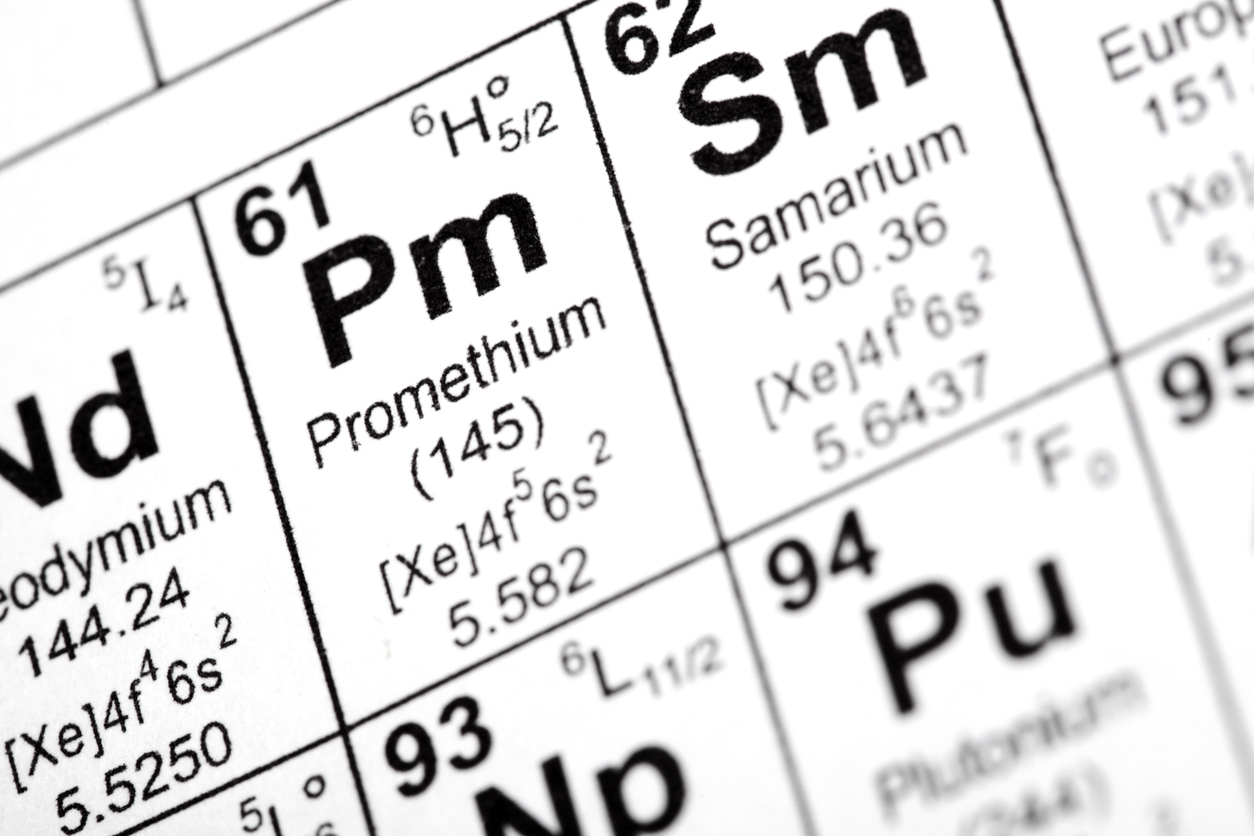2025-02-06
Radium-223 & Enzalutamide: A Powerful Duo Against mCRPC!
Oncology
#Oncology #ProstateCancer #mCRPC #Radium223 #Enzalutamide #CombinationTherapy #Immunotherapy #NuclearMedicine
Castration-resistant prostate cancer (mCRPC) is one of the most advanced and aggressive stages of the disease. Tumors become insensitive to androgen deprivation and continue to grow despite low testosterone levels. Bone metastases, a hallmark of mCRPC, cause severe complications that impact both patients' quality of life and clinical management. The morbidity associated with current treatment resistance remains high.
Despite the introduction of innovative treatments, such as enzalutamide, a potent androgen receptor inhibitor, current therapeutic options have limitations. These challenges highlight the need for novel, targeted therapeutic strategies to optimize clinical outcomes.
Radium-223, an alpha-emitting radioligand, presents a promising solution for directly targeting bone metastases. It induces irreparable DNA damage in tumor cells while sparing healthy tissues. When combined with enzalutamide, this therapy leverages complementary mechanisms: radium-223 specifically targets bone tumor lesions, while enzalutamide inhibits androgen signaling, a key driver of tumor proliferation. Together, these two therapeutic agents offer unique potential to improve clinical outcomes by slowing disease progression, reducing severe skeletal events, and prolonging survival in mCRPC patients.
The efficacy of these treatments was assessed by monitoring the following outcomes: radiographic progression-free survival (rPFS), overall survival (OS), and severe skeletal events (SSEs). Tolerance was evaluated through an analysis of side effects. The results were analyzed using an intention-to-treat (ITT) approach to ensure a reliable evaluation of this therapeutic combination.
The findings demonstrated a strong antitumor synergy between radium-223 and enzalutamide. This combination effectively slowed tumor progression without compromising bone health. Clinically, the data confirmed these results. The combination of radium-223 and enzalutamide significantly improved OS and rPFS compared to enzalutamide alone. Additionally, the introduction of bone health agents substantially reduced the risk of fractures, a common toxicity associated with radium-223 monotherapy. These findings highlight the importance of a well-structured, combined approach to optimize clinical benefits while minimizing side effects.
The results show that this combination offers significant clinical benefits, with improvements in OS and rPFS. The integration of bone health agents further reduces the risk of fractures, a common adverse effect of radium-223.
However, despite these advances, certain side effects limit its optimal use. Additionally, questions remain regarding its efficacy in patients previously treated with enzalutamide. Long-term tolerance data and mechanisms of resistance are also lacking.
In the future, additional studies should help better understand the role of this combination in mCRPC management, refine treatment indications, and address associated toxicities. These efforts pave the way for personalized treatments, maximizing patient survival and quality of life while pushing the boundaries of current therapies.
Castration-resistant prostate cancer (mCRPC) is one of the most advanced and aggressive stages of the disease. Tumors become insensitive to androgen deprivation and continue to grow despite low testosterone levels. Bone metastases, a hallmark of mCRPC, cause severe complications that impact both patients' quality of life and clinical management. The morbidity associated with current treatment resistance remains high.
Despite the introduction of innovative treatments, such as enzalutamide, a potent androgen receptor inhibitor, current therapeutic options have limitations. These challenges highlight the need for novel, targeted therapeutic strategies to optimize clinical outcomes.
Radium-223, an alpha-emitting radioligand, presents a promising solution for directly targeting bone metastases. It induces irreparable DNA damage in tumor cells while sparing healthy tissues. When combined with enzalutamide, this therapy leverages complementary mechanisms: radium-223 specifically targets bone tumor lesions, while enzalutamide inhibits androgen signaling, a key driver of tumor proliferation. Together, these two therapeutic agents offer unique potential to improve clinical outcomes by slowing disease progression, reducing severe skeletal events, and prolonging survival in mCRPC patients.
Read next: PSMA, a revolution against prostate cancer
Radium-223 and enzalutamide: a winning duo against mCRPC?
In this study, patients with confirmed mCRPC and bone metastases detected by imaging were enrolled. They had a good general condition (ECOG score ≤ 2) and elevated PSA levels, indicating tumor progression. Patients were randomly assigned to two groups:
- One group received radium-223 combined with enzalutamide
- One group received enzalutamide alone
The efficacy of these treatments was assessed by monitoring the following outcomes: radiographic progression-free survival (rPFS), overall survival (OS), and severe skeletal events (SSEs). Tolerance was evaluated through an analysis of side effects. The results were analyzed using an intention-to-treat (ITT) approach to ensure a reliable evaluation of this therapeutic combination.
The findings demonstrated a strong antitumor synergy between radium-223 and enzalutamide. This combination effectively slowed tumor progression without compromising bone health. Clinically, the data confirmed these results. The combination of radium-223 and enzalutamide significantly improved OS and rPFS compared to enzalutamide alone. Additionally, the introduction of bone health agents substantially reduced the risk of fractures, a common toxicity associated with radium-223 monotherapy. These findings highlight the importance of a well-structured, combined approach to optimize clinical benefits while minimizing side effects.
Read next: NIAGARA: A Wave of Hope for Invasive Bladder Cancer
Towards a new era in mCRPC treatment
mCRPC is an aggressive form of cancer, often associated with poor prognosis and high morbidity. Bone metastasis-related complications, such as fractures and pain, remain major challenges for oncologists despite existing therapeutic advances. This study aimed to evaluate the efficacy and safety of combining radium-223, an alpha-emitting radioligand targeting bone metastases, and enzalutamide, an androgen receptor inhibitor, in the treatment of mCRPC.The results show that this combination offers significant clinical benefits, with improvements in OS and rPFS. The integration of bone health agents further reduces the risk of fractures, a common adverse effect of radium-223.
However, despite these advances, certain side effects limit its optimal use. Additionally, questions remain regarding its efficacy in patients previously treated with enzalutamide. Long-term tolerance data and mechanisms of resistance are also lacking.
In the future, additional studies should help better understand the role of this combination in mCRPC management, refine treatment indications, and address associated toxicities. These efforts pave the way for personalized treatments, maximizing patient survival and quality of life while pushing the boundaries of current therapies.
Read next: TIGIT: Brake or Springboard Against Cancer?

Last press reviews
Birch allergy: could one shot change everything?

#AllergicRhinoconjunctivitis #IgG4 #Allergoid #BirchPollen #Immunotherap...
Allergies: could the gut hold the key?

#SeasonalAllergicRhinitis #Probiotics #Prebiotics #GutMicrobiota...
Parkinson’s disease: bone health shouldn’t be overlooked

#ParkinsonsDisease #Osteoporosis #FractureRisk #FRAX #Prevention...